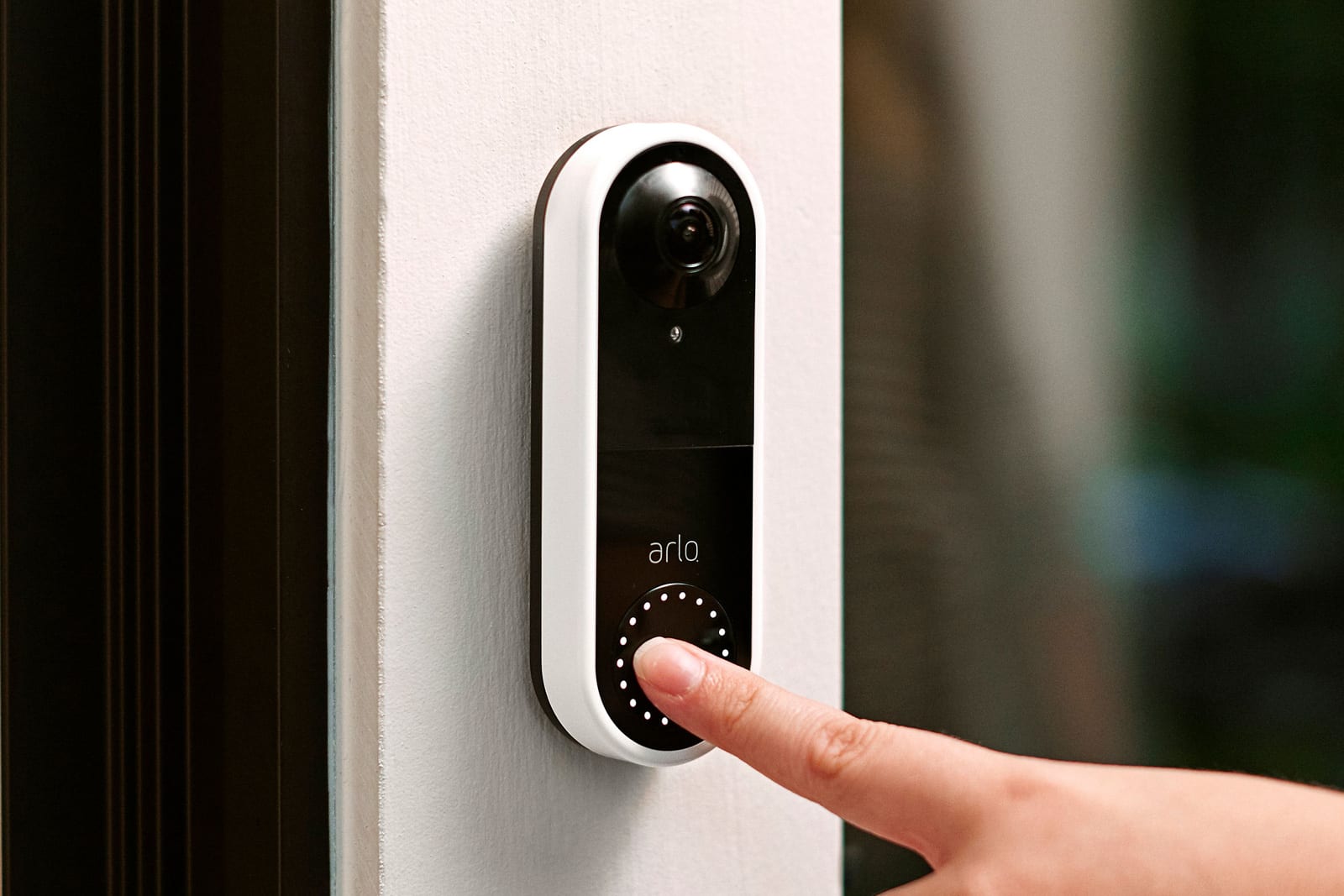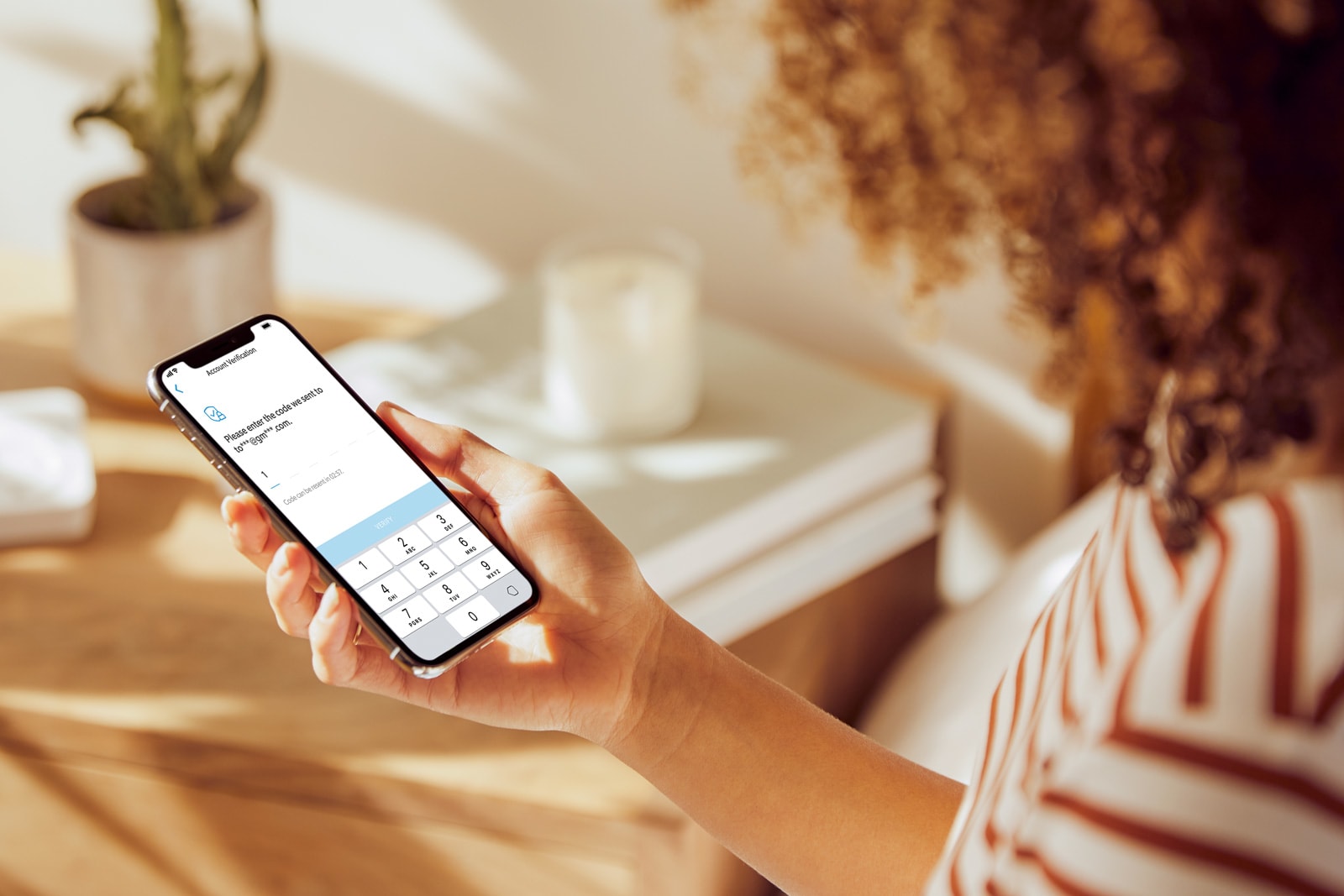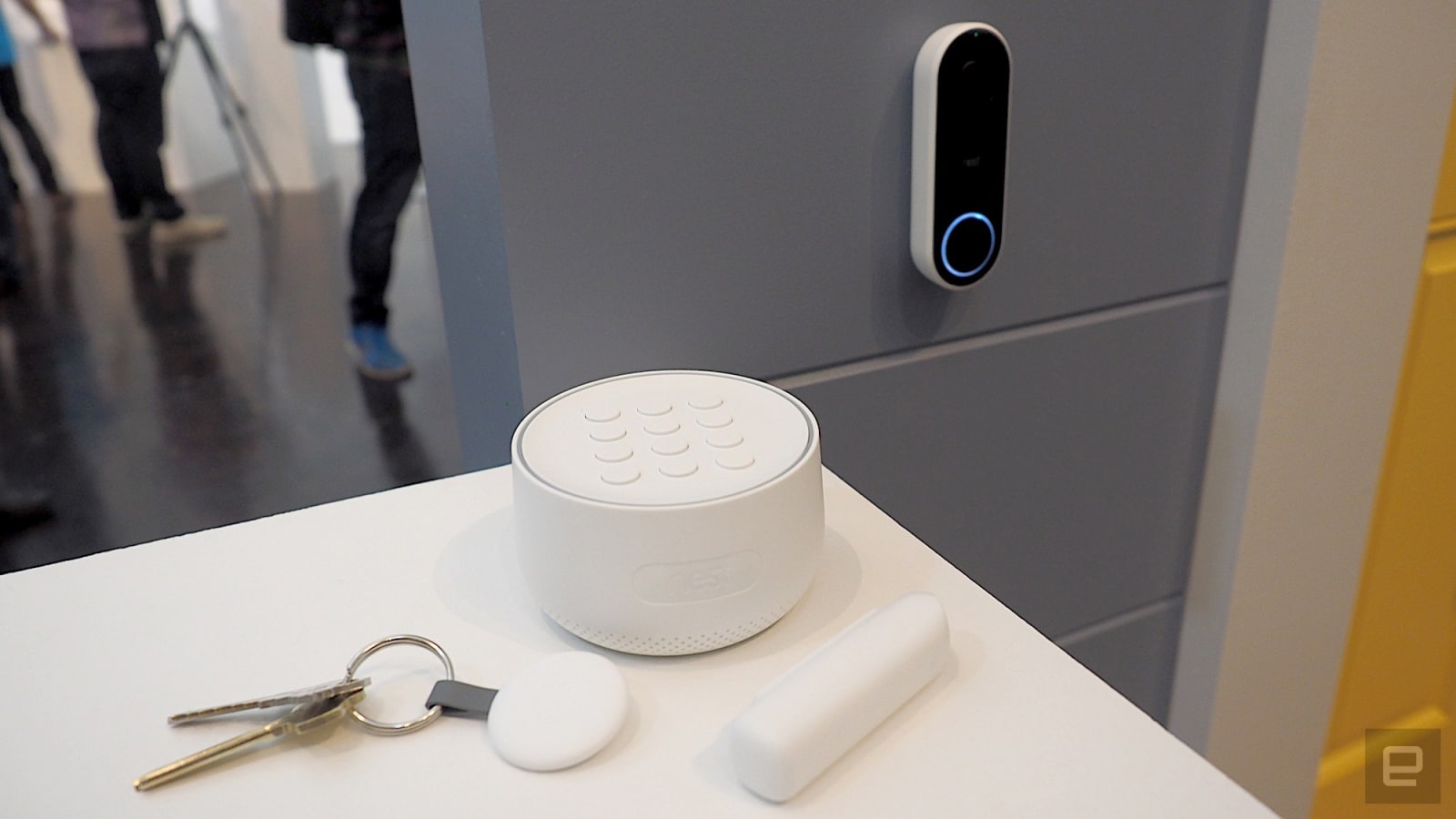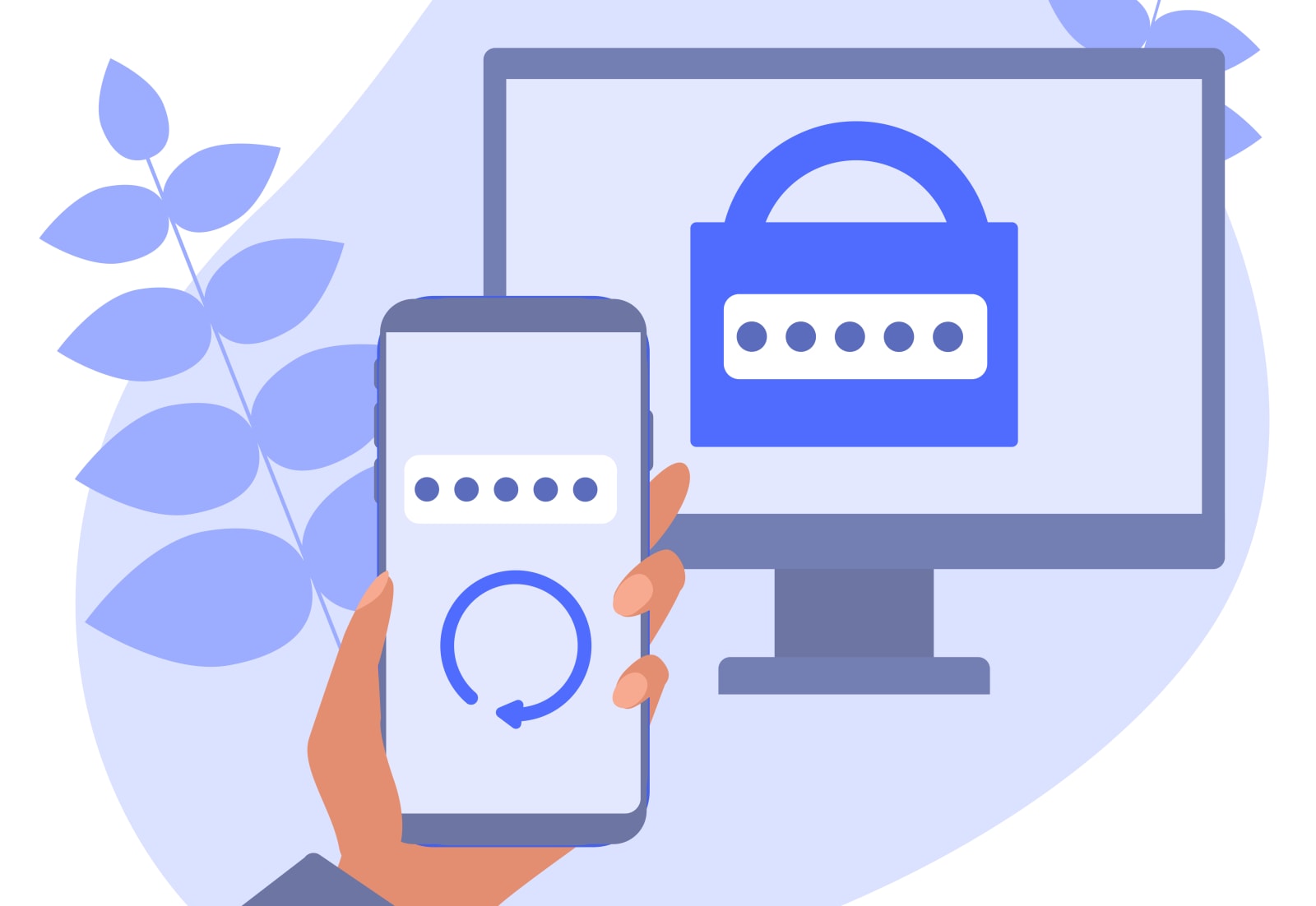Tag Archives: Two-factor authentication
Zoom rolls out two-factor authentication for all accounts
Google will default to phone notifications for two-factor sign-ins
Google Authenticator for Android can finally move accounts between devices
Google slowly starts requiring two-factor authentication for Nest users
What if you could unlock your smartphone with your earbuds instead of your face?

Sort of like two-factor authentication for your smartphone.
Think of it. The situation’s been perfectly set up. FaceID or facial recognition seems counter-intuitive now, considering everyone’s wearing masks, and there’s little chance companies are going to embrace a fingerprint sensor on the phone again for quite a while. This solution, by Alvaro Navarro, seems perfect for a lot of reasons. A. It’s absolutely convenient, because truly wireless earbuds already have touch sensors on them. B. It’s easy to implement too, and can work with practically any smartphone. C. It could be a great business model, allowing companies to push out more earbuds as a result (good design and good business don’t always intersect though), and D. It could be a much more secure way of unlocking your phone.
A lot of IT professionals use hardware authentication USB devices like the YubiKey to unlock their laptops, as an alternative to passwords. What if the earbud could provide the same service for your smartphone? No face recognition, no PIN numbers, no patterns. Just tap your ear and your phone unlocks. How’s it more secure? Well, for starters you’re using your fingerprint for authentication, and the second layer of security comes from the fact that your phone AND earphone need to be in proximity (and connected) for it to work. Not sure what impact it would have on the earbud’s battery, but it definitely feels like an idea worth considering, no?
Designer: Alvaro Navarro






Arlo will require two-step sign-ins for its smart home devices
 Arlo is following the leads of Nest and Ring in requiring tighter security for its smart home devices. It's warning customers that it'll require two-factor authentication for accounts by the end of 2020. As it explained in a support guide, you'll h...
Arlo is following the leads of Nest and Ring in requiring tighter security for its smart home devices. It's warning customers that it'll require two-factor authentication for accounts by the end of 2020. As it explained in a support guide, you'll h...
Ring now requires two-factor sign-ins for its home security devices
 Ring is continuing its bid to improve privacy and security after facing criticism. As of today, the Amazon brand will start requiring two-factor authentication for all users when they sign into their Ring accounts. When the feature reaches you this...
Ring is continuing its bid to improve privacy and security after facing criticism. As of today, the Amazon brand will start requiring two-factor authentication for all users when they sign into their Ring accounts. When the feature reaches you this...
All Nest accounts will require extra sign-in security this spring
 It's not just Ring committing to improving the security of its smart home systems in 2020. Google's Nest has announced that, as of this spring, it will require email-based two-factor authentication for everyone who hasn't previously enabled the feat...
It's not just Ring committing to improving the security of its smart home systems in 2020. Google's Nest has announced that, as of this spring, it will require email-based two-factor authentication for everyone who hasn't previously enabled the feat...
Apple engineers propose a way to make using two-factor texts easier
 If you've ever used online banking or any other highly-secure website, chances are you've encountered a one-time passcode (OTP) before. These are SMS messages sent to your phone with a unique code that verifies your identity with the website you're o...
If you've ever used online banking or any other highly-secure website, chances are you've encountered a one-time passcode (OTP) before. These are SMS messages sent to your phone with a unique code that verifies your identity with the website you're o...